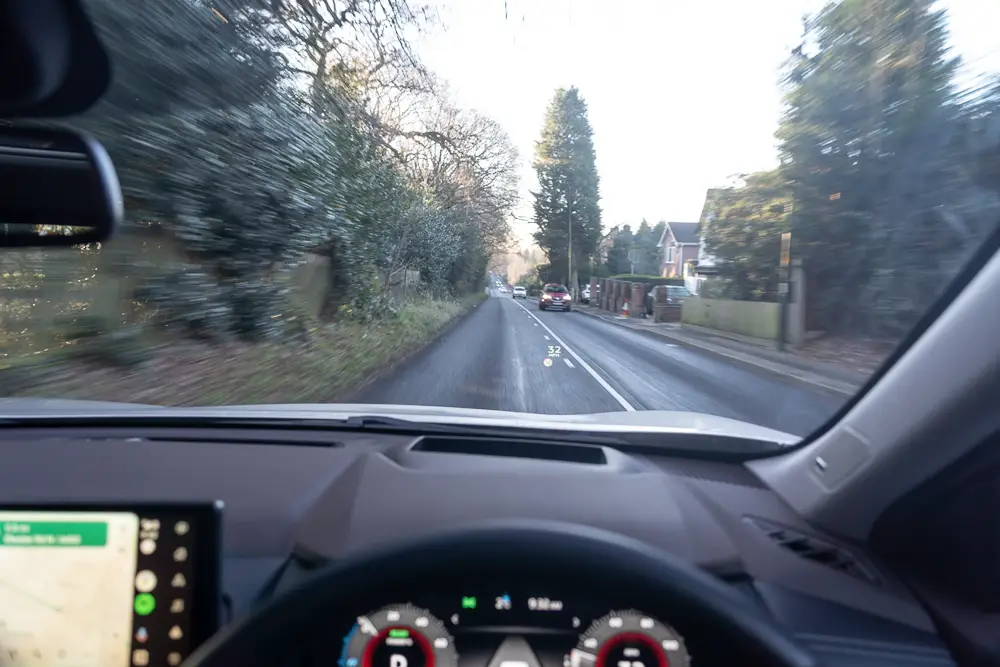Getting behind the wheel for the first time can be simultaneously exhilarating and frightening. While you are now able to enjoy a newfound freedom of the open road, you should be sure to exercise caution behind the wheel. As a new driver, it’s essential to master key skills and grow your confidence so you can protect yourself and other motorists on the road.
Mastering the Basics of Driving
Becoming a confident, safe driver starts with a solid understanding of how cars function. Learning how to start your vehicle up, accelerate and brake proactively, and steer with precision sets a strong foundation of skills that you can build upon. You’ll want to practice these beginner-level skills in a safe, controlled environment. An empty parking lot or quiet neighborhood is the perfect place to develop your skills before you start driving on busy roads.
At the same time, you need to have a thorough understanding of local traffic laws and regulations. Knowing the speed limits for local roads and highways, understanding right-of-way rules at intersections, and using turn signals as intended keeps you and others safe. To ensure you are compliant with rules of the road, study your driver’s handbook and familiarize yourself with common traffic signals and signs.
As you become more confident in your ability to deal with a range of driving conditions, you should start to practice key maneuvers such as lane changes, highway mergers, parking under different circumstances, and navigating intersections. You should have a trusted adult or licensed driving instructor with you to offer good feedback and ensure you are operating the vehicle safely.
Mastering the Art of Defensive Driving
Defensive driving is a proactive approach to driving that emphasizes alertness and avoidance of potential hazards before they become a serious problem. To drive defensively, you need to work on having excellent situational awareness. You should constantly be scanning the road ahead, checking your mirrors, and staying aware of vehicles that have slipped into a blind spot. Pay particular attention to other cars, cyclists, pedestrians, and potential road hazards such as potholes or construction work. By recognizing potential problems early, you can avoid them and protect yourself and your passengers.
Once you recognize a potential hazard, you need to be able to quickly react to minimize the risk to your vehicle and its occupants. Once you identify a hazard, take proactive measures to avoid it. Depending on the situation, you may need to slow down, change lanes, or even come to a complete stop if there is not a risk of being rear ended.
No driver should ever be on their phone while driving, but this behavior is especially dangerous for young drivers. Minimize the urge to check messages or get on social media by putting your phone in the glovebox or somewhere else that is out of reach. You should also avoid eating, drinking, and applying makeup while driving. If you need to adjust the volume of the vehicle’s sound system, input directions into a navigation system, or change climate controls, do so before leaving your initial parking spot.

Being Prepared to Handle Unexpected Events
Even the most cautious and skilled drivers can encounter unexpected situations and hazards. Preparing yourself with the knowledge to handle common problems and vehicle malfunctions can come in handy down the line. You should know how to change a spare tire, activate your vehicle’s emergency flashers, and be prepared to deal with overheating or a dead car battery. Having the skills to tackle these issues can keep you calm and safe in an emergency.
Depending on where you live, you may need to be ready to drive in a range of weather conditions throughout the year. When facing snow, rain, strong winds, or fog, you need to adjust your driving behaviors accordingly. Anytime you find yourself driving in poor weather, increase following distances, slow down, and use the proper headlight settings to enhance visibility. Use extra caution on slick roads and avoid sudden maneuvers that could cause a rollover or skid.
Despite taking precautions, most drivers get into at least one collision in their life. If you are involved in a car crash, do your best to stay calm and assess the situation. Check yourself and other collision victims for injuries and call 911 if anyone is hurt. In many cases, you’ll want to have law enforcement come out after an accident to make a report, even if no one is hurt. Exchange names, insurance details, and license plate numbers with other involved motorists. Even if you think the accident was your fault, do not admit blame for or discuss the accident in detail until you’ve spoken with a local car accident attorney.
Practice Makes Perfect
Developing confidence as a driver comes with consistent practice and a commitment to staying safe behind the wheel. Constantly practice the principles of defensive driving, seek feedback from experienced drivers, and don’t be afraid to ask questions. If there is a particular skill you struggle with or want extra training for, consider enrolling in a driving course in your area. As a new driver, some mistakes will be made along the way. Use these errors as an opportunity to improve your skills on the road. Every driving experience, whether positive or negative, offers an opportunity for you to learn and grow — both as a driver and a person.
Continuing to Grow as a Defensive Driver
Earning your driver’s license is a significant milestone, but this is just the beginning of a lifetime of driving. By mastering essential skills early, adhering to safe driving habits, and continuously seeking to learn and improve upon your skills, you make the road a safer place for yourself and others.

